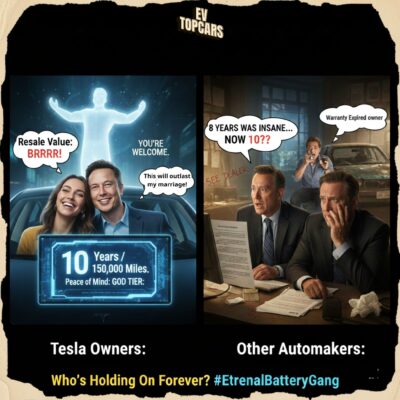The choices that humanity has made since the past in order to progress are the main source of environmental problems that exist today. One of these situations, which some people are aware of and some are not yet aware of, is the amount of carbon emitted from automobiles. But there is good news that it is now possible to reverse this situation, thanks to the widespread use of electric vehicles!
Electric Vehicles (EVs) are an environmentally friendly vehicle choice as they greatly reduce carbon emissions. Unlike fossil fuel in conventional vehicles, battery-powered EVs do not contain carbon-inducing components such as the fuel tank and tailpipe. At the same time, these vehicles are frequently preferred due to their lower fuel costs and maintenance costs. So, how long does it take to charge electric vehicles? Let’s see together!
1. What Factors Can Affect the Charging Time of Electric Vehicles?
The charging time of electric vehicles varies depending on where and at which type of station the vehicles are charged. Electric vehicles can be charged at private or public charging stations , as well as at home. This is achieved with a compact home charger and charging cable. However, the fact that the mains current distributed to the houses is lower than any charging station, considerably extends the charging time in the house.
The station types (current types) used in charging stations are also an important determinant in the time point. These stations operate with two different currents, alternating current (AC) and direct current (Direct Current: DC). Current in DC directly to the car battery While reaching AC stations, alternating current is converted to direct current by the converters in the vehicle. At this point, the power of the currents and the converter speed in the vehicle greatly affect the charging time of the EVs.
Learn More: Are Electric Vehicles Environmentally Friendly and Sustainable?
2. How Long is Electric Vehicle Charging Time?
As we mentioned before, the charging time of electric vehicles varies depending on where the charges are made, what kind of charging unit is used and which type of station is preferred. Alright; How long is the charging time at home, public charging stations and fast charging stations?
2.1. Charging Time at Quick Charge Stations
Direct current is used in stations known as fast charging stations. With a DC type station, it takes an average of 30 to 40 minutes to charge the battery to 80 percent. Since the current in DC is stronger than AC and directly reaches the battery, charging can be done quickly.
Learn More: What are the Advantages of Driving an Electric Vehicle in the City?
2.2. Charging Time at Public Charging Stations
AC type current is usually provided at public charging stations. But as we mentioned, in order for the alternating current to be able to charge the battery, it must first be converted to direct current (DC) with the power converters in the vehicle. The charging time at AC charging stations varies depending on the power of the converter in the vehicle. On the other hand, it is possible to say that it takes approximately 4 hours to charge the battery to 80 percent with AC charging.
2.3. Home Recharge Time
We mentioned that charging electric vehicles at home takes quite a long time because the mains current is lower than at stations. Accordingly, 12 to 24 hours are needed to charge the electric car at home.
In addition, let’s not go without saying that, due to the risk of overloading electric vehicles, 100 percent charging should not be preferred too much. In addition, when the charge of the EV drops to 20 percent, it can be an ideal choice to charge it before it’s too late. Otherwise, some wear may occur in the vehicle battery.










Are Electric Vehicles Environmentally Friendly and Sustainable?
What are the Advantages of Driving an Electric Vehicle in the City?